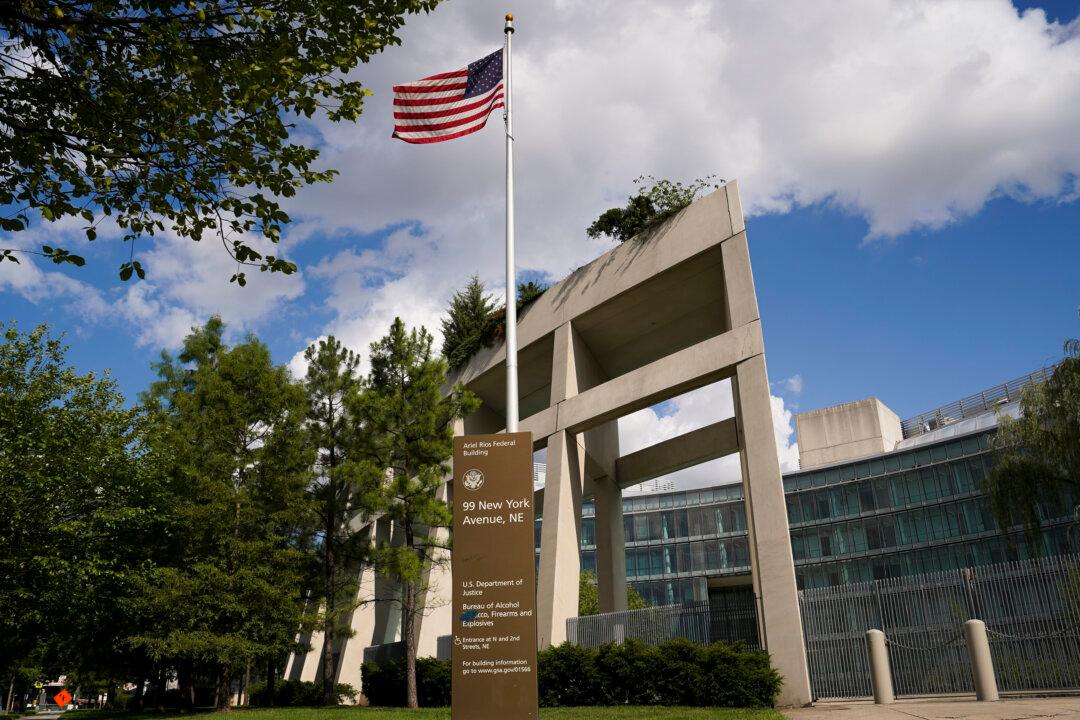Illegally trafficked firearms are getting from legitimate dealers to crime scenes faster than they have in the past, according to the second installment of The National Firearms Commerce and Trafficking Assessment report from the Bureau of Alcohol, Tobacco, Firearms, and Explosives (ATF).
The National Firearms Commerce and Trafficking Assessment (NFCTA) reported that between 2017 and 2021, nearly 25 percent of guns recovered at crime scenes had been legally possessed by a federal firearms license (FFL) holder less than a year before. This is more than 366,000 guns. In addition, 46 percent had a “time to crime” of three years or less.





